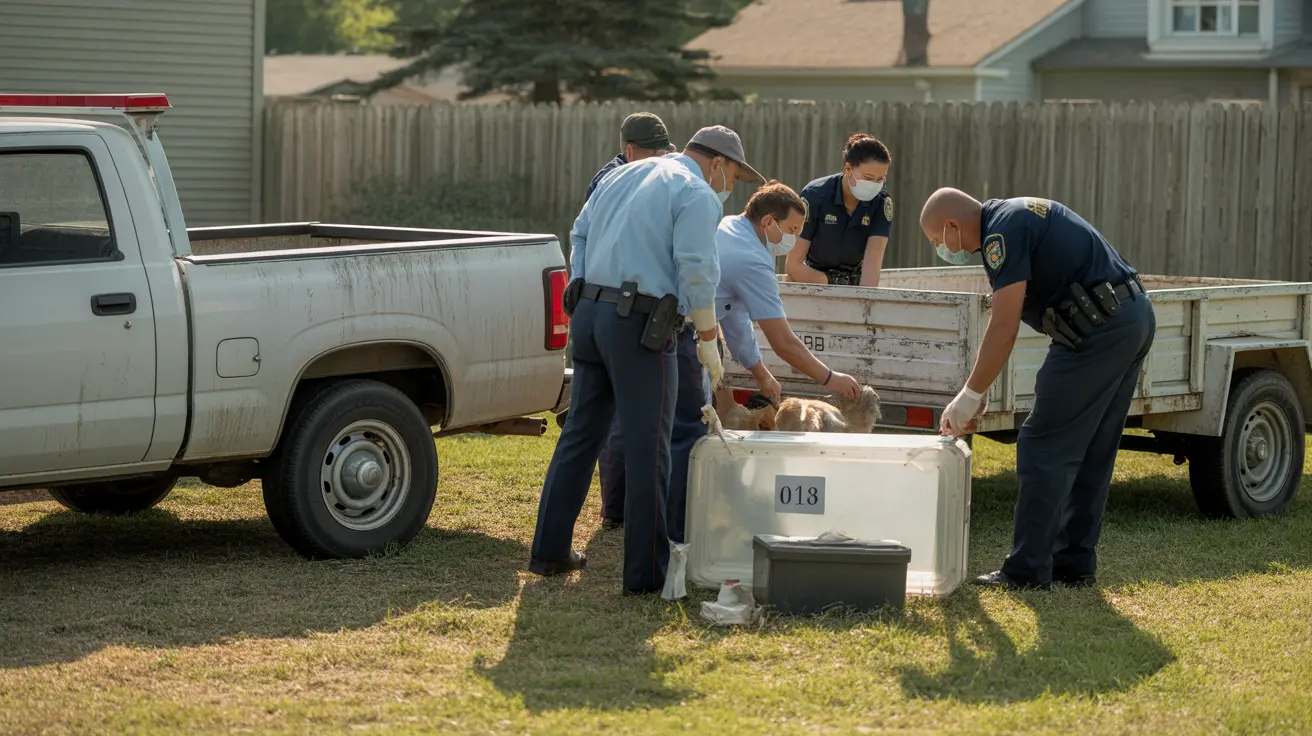Understanding What a Low Growl Means in Dogs
A low growl is one of the many vocalizations dogs use to communicate their emotions and intentions. It can send a range of messages, from discomfort and fear to protectiveness and even pain. Understanding the context and accompanying body language is critical for interpreting a dog’s low growl accurately.
What Is a Low Growl?
A low growl is a deep, rumbling sound that dogs produce by vibrating their vocal cords while exhaling. It is typically longer and softer than a bark but shorter and sharper than a howl. Unlike playful growling, which may occur during games, a low growl is often more serious and denotes strong feelings.
Common Reasons Dogs Growl Low
- Fear or Anxiety: Dogs may growl quietly when they feel scared or stressed, indicating they want space.
- Territorial Behavior: When a dog feels its home, family, or possessions are threatened, a low growl serves as a warning.
- Discomfort or Pain: An injured dog might growl low to signal they are hurting and want to be left alone.
- Protectiveness: Protective dogs may use a low growl to deter others from approaching their owner or another animal.
- Possessiveness: Low growls during food time or toy play can signal resource guarding behavior.
How to Interpret the Growl
A growl doesn’t always mean aggression. Observing a dog's body language helps determine the exact emotion behind the sound.
- Relaxed body, wagging tail: May indicate playful vocalization.
- Tense muscles, fixed gaze, raised hackles: Sign of fear or aggression.
- Cowering posture, tucked tail: Likely fear-based or defensive growling.
Proper Response to a Low Growl
Responding appropriately to a low growl is essential to avoid escalation.
- Stay calm: Avoid yelling or sudden movements, which may worsen the dog's stress.
- Give space: Back away slowly to reduce perceived threat.
- Don't punish: Punishment may suppress future growls, removing early warning signs.
- Identify trigger: Try to determine what caused the growl to prevent future occurrences.
- Consult a professional: A behaviorist or vet can help if growling becomes frequent or intense.
Training Tips to Reduce Growling
Using positive reinforcement and desensitization can help manage and reduce low growling caused by fear or stress.
- Counter-conditioning: Pairing the trigger with something positive like treats.
- Consistency in routines: Helps reduce anxiety in dogs by making their environment predictable.
- Safe spaces: Providing a quiet area where the dog can retreat to feel safe.
- Gradual exposure: Slowly introducing the dog to stimuli causing stress under controlled conditions.
When to Seek Veterinary Advice
If a normally calm dog starts growling more frequently, especially in situations where growling was never present before, it might indicate a medical issue such as:
- Arthritis or joint pain
- Dental problems
- Neurological conditions
- Vision or hearing loss
A vet can help rule out physical causes and provide appropriate treatment options.
Conclusion
Understanding your dog’s low growl is vital in maintaining a safe and positive relationship. Rather than seeing it as a threat, recognizing it as your dog’s way of communicating distress allows for better care and connection. Always observe the context carefully and seek professional help if needed.





